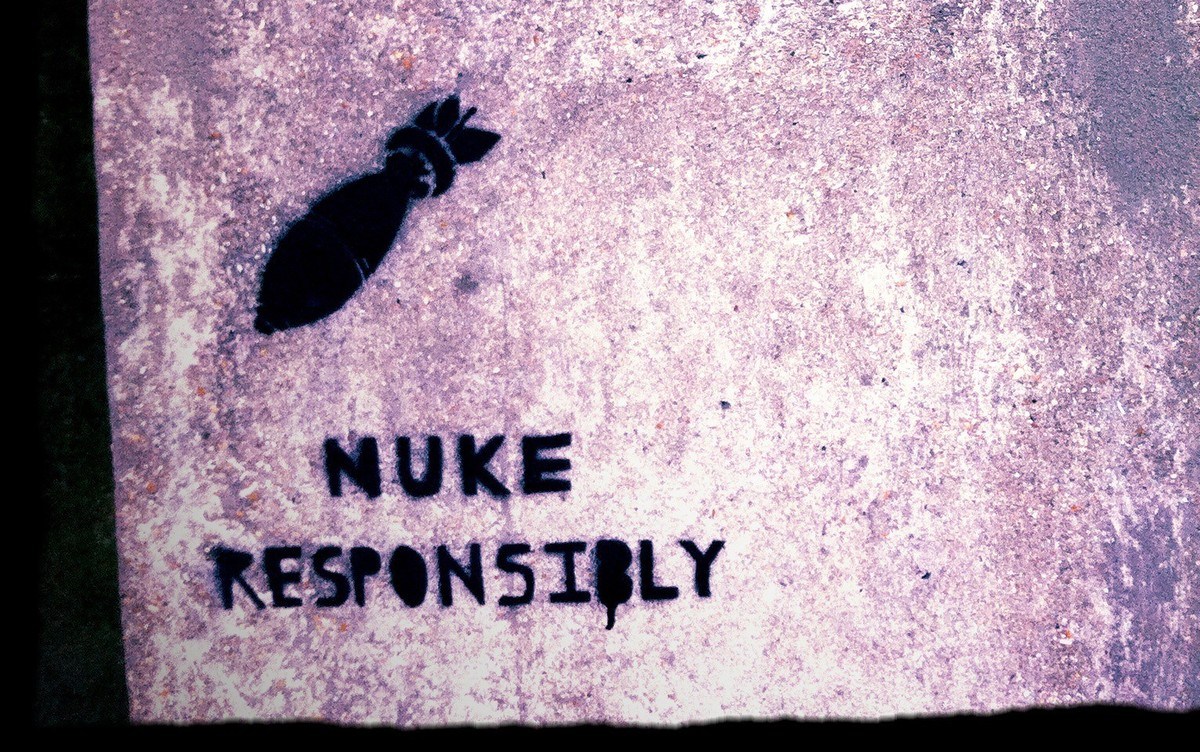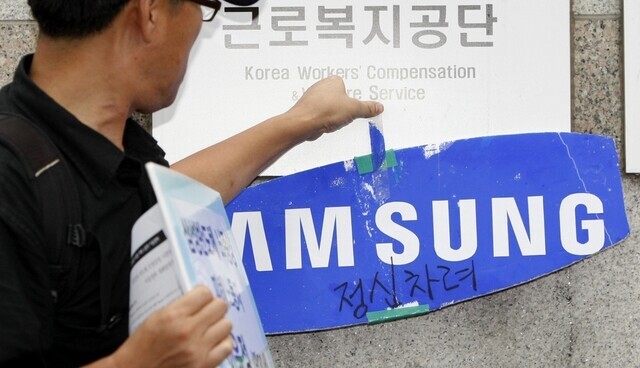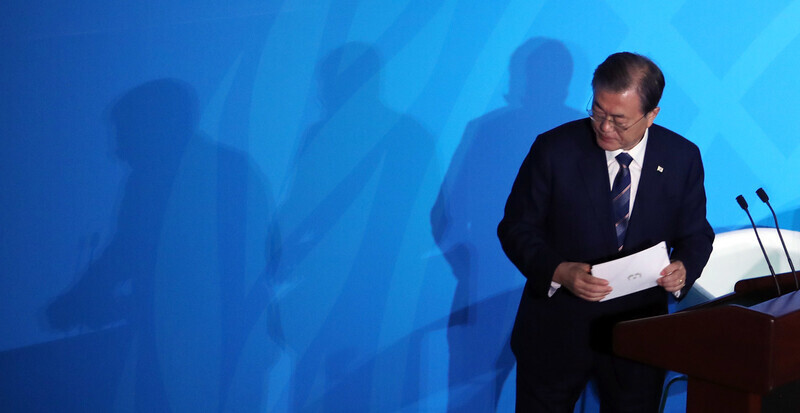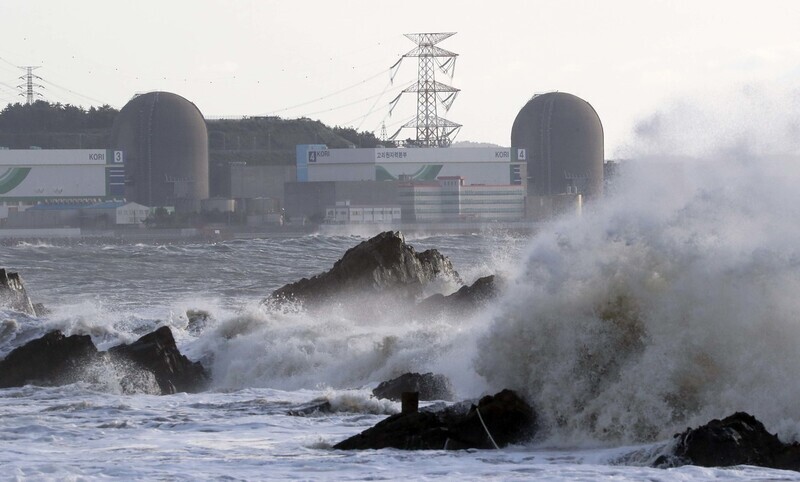
Photograph Source: antony_mayfield – CC BY 2.
We need a broad public debate … about the sense and nonsense of nuclear deterrence.
—Rolf Mutzenich, German Social Democratic Party Leader
Public criticism of the US nuclear weapons deployed in Germany bloomed into a vigorous nationwide debate this past spring and summer focused on the controversial scheme known diplomatically as “nuclear sharing” or “nuclear participation.”
“The end of this nuclear participation is currently being discussed as intensely as was, not so long ago, the exit from nuclear power,” wrote Roland Hipp, a managing director of Greenpeace Germany, in a June article for the newspaper Welt.
The 20 US nuclear bombs that are stationed at Germany’s Büchel Air Base have become so unpopular, that mainstream politicians and religious leaders have joined anti-war organizations in demanding their ouster and have promised to make the weapons a campaign issue in next year’s national elections.
Today’s public debate in Germany may have been prompted by Belgium’s Parliament, which on January 16 came close to expelling the US weapons stationed at its Kleine Brogel airbase. By a vote of 74 to 66, the members barely defeated a measure that directed the government “to draw up, as soon as possible, a roadmap aiming at the withdrawal of nuclear weapons on Belgian territory.” The debate came after the parliament’s foreign affairs committee adopted a motion calling for both the weapons’ removal from Belgium, and for the country’s ratification of the International Treaty on the Prohibition of Nuclear Weapons.

Belgium’s lawmakers may have been prompted to reconsider the government’s “nuclear sharing,” when on February 20, 2019 three members of the European Parliament were arrested on Belgium’s Kleine Brogel base, after they boldly scaled a fence and carried a banner directly onto the runway.
Replacement Fighter Jets Set to Carry US Bombs
Back in Germany, defense minister Annegret Kramp-Karrenbauer raised an uproar April 19 after a report in Der Spiegel said she had emailed Pentagon boss Mark Esper saying that Germany planned to buy 45 Boeing Corporation F-18 Super Hornets. Her comments brought howls from the Bundestag and the minister walked back her claim, telling reporters April 22, “No decision has been taken (on which planes will be chosen) and, in any case, the ministry can’t make that decision—only parliament can.”
Nine days later, in an interview with daily Tagesspiegel published May 3, Rolf Mützenich, Germany’s parliamentary leader of the Social Democratic Party’s (SPD)—a member of Angela Merkel’s governing coalition—made a clear denunciation.
“Nuclear weapons on German territory do not heighten our security, just the opposite,” they undermine it, and should be removed, Mützenich said, adding that he was opposed to both “prolonging nuclear participation” and to “replacing the tactical US nuclear weapons stored in Büchel with new nuclear warheads.”
Mützenich’s mention of “new” warheads is a reference to US construction of hundreds of the new, first-ever “guided” nuclear bombs—the” B61-12s”—set to be delivered to five NATO states in the coming years, replacing the B61-3s, 4s, and 11s reportedly stationed in Europe now.
The SPD’s co-president Norbert Walter-Borjähn quickly endorsed Mützenich’s statement, agreeing that the US bombs should be withdrawn, and both were immediately criticized by Foreign Minister Heiko Mass, by US diplomats in Europe, and by NATO’s Secretary General Jens Stoltenberg directly.
Anticipating the backlash, Mützenich published a detailed defense of his position May 7 in the Journal for International Politics and Society, [1] where he called for a “debate about the future of nuclear sharing and the question of whether the US tactical nuclear weapons stationed in Germany and Europe increase the level of safety for Germany and Europe, or whether they have perhaps become obsolete now from a military and security policy perspective.”
“We need a broad public debate … about the sense and nonsense of nuclear deterrence,” Mützenich wrote.
NATO’s Stoltenberg hastily penned a rebuttal for the May 11 Frankfurter Allgemeine Zeitung, using 50-year-old yarns about “Russian aggression” and claiming that nuclear sharing means “allies, like Germany, make joint decisions on nuclear policy and planning …, and “give[s] allies a voice on nuclear matters that they would not otherwise have.”
This is flatly untrue, as Mutzenich made clear in his paper, calling it a “fiction” that the Pentagon nuclear strategy is influenced by US allies. “There is no influence or even a say by non-nuclear powers on the nuclear strategy or even the possible uses of nuclear [weapons]. This is nothing more than a long-held pious wish,” he wrote.
Most of the attacks on the SPF leader sounded like the one May 14 from then US Ambassador to Germany Richard Grenell, whose op/ed in the newspaper De Welt urged Germany to keep the US “deterrent” and claimed that withdrawing the bombs would be a “betrayal” of Berlin’s NATO commitments.
Then US Ambassador to Poland Georgette Mosbacher went round the bend with a May 15 Twitter post, writing that “if Germany wants to reduce its nuclear sharing potential …, maybe Poland, which honestly fulfills its obligations … could use this potential at home.” Mosbacher’s suggestion was broadly ridiculed as preposterous because the Nonproliferation Treaty forbids such nuclear weapons transfers, and because stationing US nuclear bombs on the Russia border would be a dangerously destabilizing provocation.
NATO “nuclear sharing” nations have no say in dropping US H-bombs
On May 30, the National Security Archive in Washington, DC, confirmed Mützenich’s position and put the lie to Stoltenberg’s disinformation, releasing a formerly “top secret” State Department memo affirming that the US will alone decide whether to use its nuclear weapons based in Holland, Germany, Italy, Turkey and Belgium.
Moral and ethical shaming of the nuclear weapons in Büchel has recently come from high-ranking church leaders. In the deeply religious Rhineland-Pfalz region of the airbase, bishops have begun demanding that the bombs be withdrawn. Catholic Bishop Stephan Ackermann from Trier spoke out for nuclear abolition near the base in 2017; the Peace Appointee of the Lutheran Church of Germany, Renke Brahms, spoke to a large protest gathering there in 2018; Lutheran Bishop Margo Kassmann addressed the annual church peace rally there in July 2019; and this August 6, Catholic Bishop Peter Kohlgraf, who heads the German faction of Pax Christi, promoted nuclear disarmament in the nearby city of Mainz.
More fuel kindled the high-profile nuclear discussion with the June 20 publication of an Open Letter to the German fighter pilots at Büchel, signed by 127 individuals and 18 organizations, calling on them to “terminate direct involvement” in their nuclear war training, and reminding them that “Illegal orders may neither be given nor obeyed.”
The “Appeal to the Tornado pilots of Tactical Air Force Wing 33 at the Büchel nuclear bomb site to refuse to participate in nuclear sharing” covered over half a page of the regional Rhein-Zeitung newspaper, based in Koblenz.
The Appeal, which is based on binding international treaties that forbid military planning of mass destruction, had earlier been sent to Colonel Thomas Schneider, commander of the pilots’ 33rd Tactical Air Force Wing at Büchel air base.
The Appeal urged the pilots to refuse unlawful orders and stand down: “[T]he use of nuclear weapons is illegal under international law and the constitution. This also makes the holding of nuclear bombs and all supporting preparations for their possible deployment illegal. Illegal orders may neither be given nor obeyed. We appeal to you to declare to your superiors that you no longer wish to participate in supporting nuclear sharing for reasons of conscience.”

Greepeace Germany inflated its message balloon just outside the Büchel air force base in Germany (in photo in background), joining the campaign to oust the US nuclear weapons stationed there.
Roland Hipp, a co-director of Greenpeace Germany, in “How Germany makes itself the target of a nuclear attack” published in Welt June 26, noted that going non-nuclear is the rule not the exception in NATO. “There are already [25 of the 30] countries within NATO that have no US nuclear weapons and do not join in nuclear participation,” Hipp wrote.
In July, the debate partly focused on the colossal financial expense of replacing the German Tornado jet fighters with new H-bomb carriers in a time of multiple global crises.
Dr. Angelika Claussen, a psychiatrist a vice president of International Physicians for the Prevention of Nuclear War, wrote in a July 6 posting that “[A] significant military build-up in times of the coronavirus pandemic is perceived as a scandal by the German public … Buying 45 nuclear F-18 bombers means spending [about] 7.5 billion Euros. For this amount of money one could pay 25,000 doctors and 60,000 nurses a year, 100,000 intensive care beds and 30,000 ventilators.”
Dr. Claussen’s figures were substantiated by a July 29 report by Otfried Nassauer and Ulrich Scholz, military analysts with the Berlin Information Center for Transatlantic Security. The study found the cost of 45 F-18 fighter jets from the US weapons giant Boeing Corp. could be “at a minimum” between 7.67 and 8.77 billion Euros, or between $9 and $10.4 billion—or about $222 million each.
Germany’s potential $10 billion payout to Boeing for its F-18s is a cherry that the war profiteer dearly wants to pick. Germany’s Defense Minister Kramp-Karrenbauer has said her government also intends to buy 93 Eurofighters, made by the France-based multinational behemoth Airbus, at the comparably bargain rate of $9.85 billion—$111 million each—all to replace the Tornadoes by 2030.
In August, SPD leader Mützenich promised to make the “sharing” of US nuclear weapons a 2021 election issue, telling the daily Suddeutsche Zeitung, “I am firmly convinced that if we ask this question for the election program, the answer is relatively obvious…. [W]e will continue this issue next year.”









